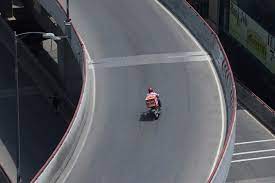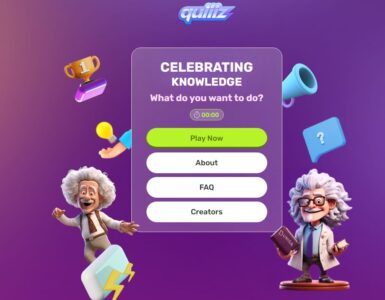On Monday, Australia and New Zealand launched their long-anticipated travel bubble that will allow residents of each country to visit the other without having to quarantine upon arrival.
Emotional videos capturing long-awaited reunions in arrival halls in various airports across Australia and New Zealand have been circulating online since the first passengers touched down. Thousands are reported to have made the journey across the Tasman Sea in the bubble’s opening first day.
Traveler Mark Carrington told Australia’s Seven Network that he felt “amazing” after landing in Sydney.
“It’s been nearly two years and I haven’t seen my partner for that period of time. So it’s been very tough,” he said.
Before her flight to New Zealand, traveler Denise O’Donoughue told AFP that she felt like the world was returning to some sort of normal.
“What normal’s going to be from now on I don’t know, but I’m just really, really excited about today,” she said.
Until now, New Zealand had required travelers from Australia to quarantine upon arrival. Most Australian states had dropped that requirement late last year.
Article continues after sponsor message
New Zealand Prime Minister Jacinda Ardern told reporters Monday that the Australia-New Zealand bubble is a significant step in getting New Zealand back to normal.
“What the bubble will mean for each of us personally is important, but what’s also important is what it will mean for the economy and our recovery,” she said. “According to Tourism New Zealand Forecasting, welcoming Australians back could mean a billion-dollar boost.”
Australian Prime Minister Scott Morrison also told reporters that the bubble is a win-win for both countries, who depend greatly on each other for tourism. New Zealand government data shows that about 1.5 million Australians visited New Zealand in 2019, making up about 40% of all visitors and spending nearly the equivalent of $2 billion USD. And about 1.3 million New Zealanders visited Australia that year, accounting for about 15% of all visitors to Australia.
This arrangement has been months in the making after both New Zealand and Australia shut down their borders to most travelers at the start of the pandemic last spring. Compared with many other countries, the two have avoided the worst of the virus.
Australia has logged 29,543 cases and 910 deaths, while New Zealand only 2,596 cases and 26 deaths from the coronavirus, according to Johns Hopkins University.
However, the vaccine rollout in both countries has been slow to get started.
The new travel bubble is not without rules. For example, residents cannot have traveled outside of their country within 14 days and must be without COVID symptoms before departure. They also must continue to wear masks on flights.
Jennifer Nuzzo at the Johns Hopkins Center for Health Security says that while the travel bubble is a step toward normalcy, it’s not without risks.
“It’s not zero-risk to allow travel in and out of countries. And we’ve seen this most acutely in Australia where there have been a number of clusters found probably related to travel,” she tells NPR. “So it is possible that both countries could see clusters here and there. But so far they’ve demonstrated a commitment to respond when they do occur.”
Nuzzo says it would be difficult to create similar travel bubbles in countries such as the U.S., given that both Australia and New Zealand are much more geographically isolated.
Throughout the pandemic, various plans for travel bubbles have been discussed between countries and cities, including one among the Baltic states that was started, stopped and started again over the last year. Elsewhere in the Pacific, Taiwan and Palau launched their own no-quarantine travel bubble earlier this month.




























